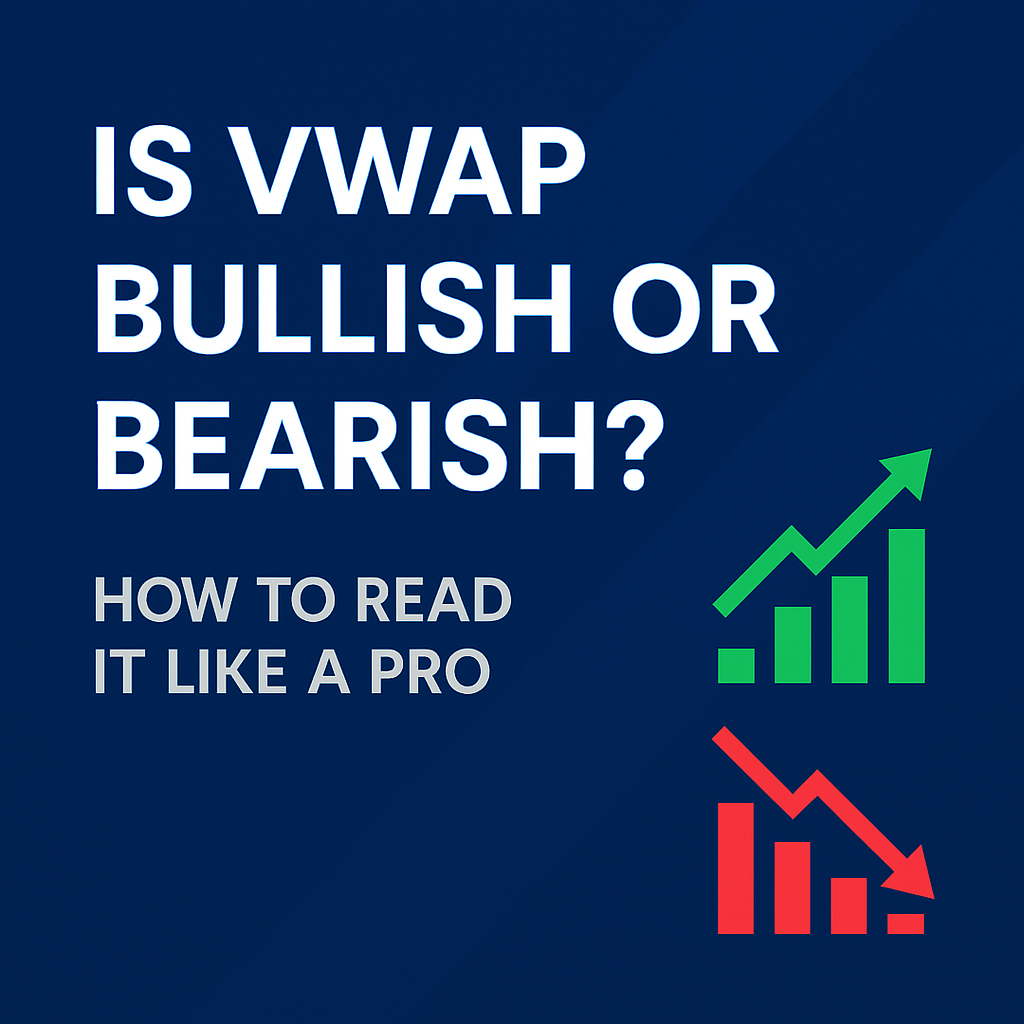Is VWAP Bullish or Bearish?
Introduction
If you’re using VWAP in your trading, you’ve likely wondered: Is VWAP bullish or bearish?
The answer isn’t black and white—VWAP itself is neutral. But the price’s position relative to VWAP can help determine market sentiment.
Understanding VWAP as a Dynamic Price Guide
VWAP reflects the average price weighted by volume throughout the trading session. It’s not inherently bullish or bearish—it’s context-dependent.
- Price above VWAP → bullish signal
- Price below VWAP → bearish signal
- Price hugging VWAP → sideways or indecisive market
When is VWAP Bullish?
VWAP is considered bullish when:
- Price is consistently above the VWAP line
- Dips to VWAP get bought up quickly
- Confirmed by rising volume and bullish candles
Example Strategy:
- Enter on pullbacks to VWAP
- Confirm with volume or MACD crossover
When is VWAP Bearish?
VWAP is bearish when:
- Price stays below the VWAP line
- Attempts to break VWAP are rejected
- Supported by increasing selling volume
Example Strategy:
- Short on retracements to VWAP
- Stop-loss above VWAP line
Neutral or No-Trade Zones
VWAP becomes unreliable when:
- Price is flat and stays near VWAP all day
- No clear direction or volume conviction
Avoid trading during these zones unless another indicator gives a strong signal.
VWAP in Combination with Other Indicators
Use VWAP with:
- RSI or MACD for signal confirmation
- Moving averages to determine longer-term trend
- Bollinger Bands to spot squeeze or breakout setups

